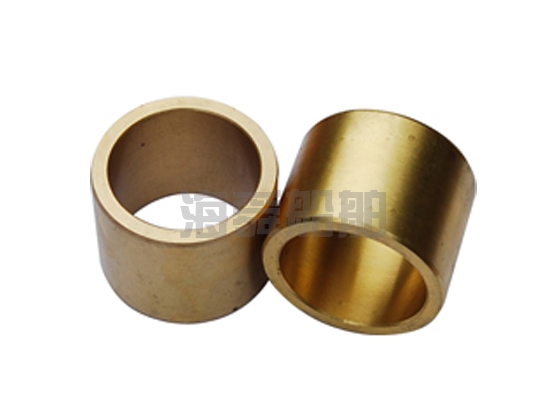Introduction to Connecting Rod Bushing for Marine Diesel Engine Accessories
Connecting rod bearing shells are generally used at the large end, while connecting rod bushings are generally used at the small end.
The connecting rod bearing shell is the middle part between the connecting rod head and the crankshaft.
The connecting rod bushing of marine diesel engine accessories is the middle part of the connecting rod small end and piston pin connection. In high-speed engines, the connecting rod bearing shells generally need to be coated, while the connecting rod bushing generally does not have a coating. Connecting rod bearing shells generally do not have oil grooves or holes, while connecting rod bushings generally have oil grooves or passages. Both bearing shells and bushings belong to the category of sliding bearings.
The connecting rod bearing is connected to the crank pin to reduce the wear of the crank pin. The large end bearing of the connecting rod is a split sliding bearing. The large end bearing of the cross head connecting rod is often made separately, and then fixed to the rod body with connecting rod bolts, and anti friction alloy is often directly cast on its inner surface. The large end bearing without a cross head connecting rod is often integrated with the rod body in its upper half, while the lower half bearing cover is manufactured separately and fixed to the upper half with connecting rod bolts. Moreover, bearing shells are installed on the inner surfaces of both the upper and lower halves of the bearing. For lubrication, oil holes are drilled on the large end bearing and oil and garbage grooves are made on the surface of the antifriction alloy.
